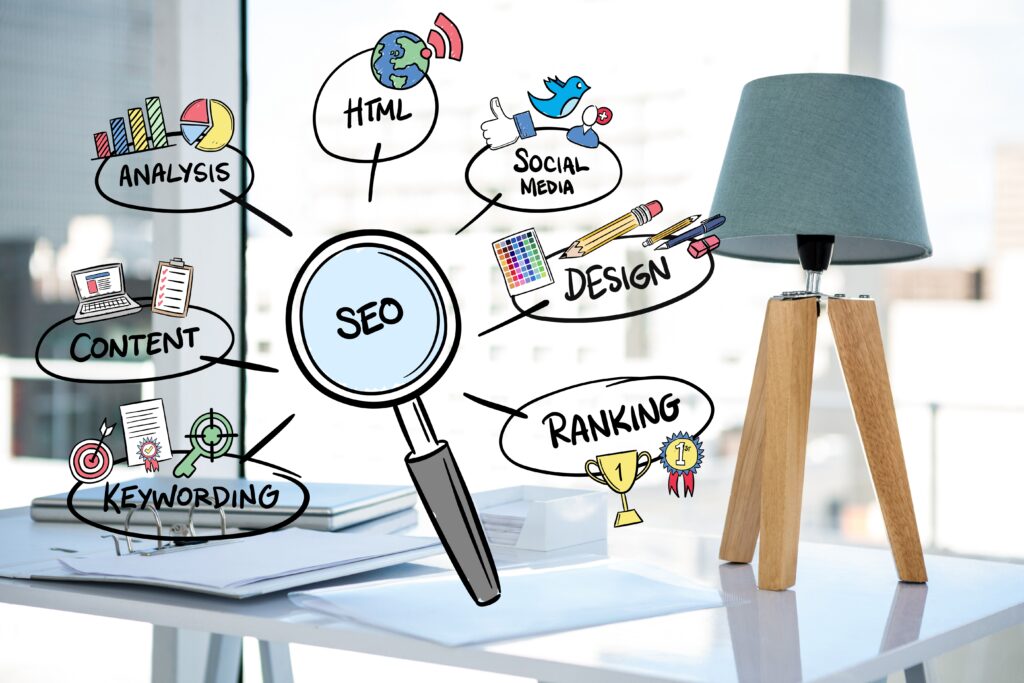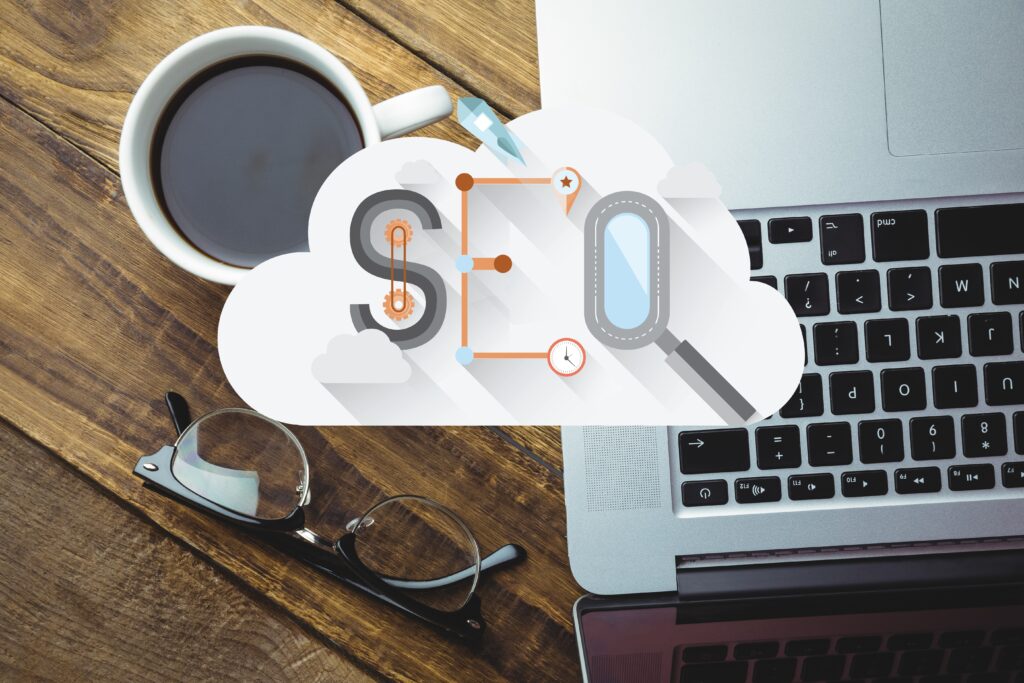Using AI to automatically structure and classify a site’s content significantly improves search engine rankings. But above all it gives a solid basis for the development of new interactions with customers.
![]()
Today search engines are in fact the starting point of the web. We rarely go directly to specific sites, we almost always do a search and click on the first result that seems appropriate. Consequence: for a company, having a nice website is not enough, its pages must be among the first results of searches regarding its products or services. Getting to this is the main goal of Search Engine Optimization .
SEO is, therefore, a key element for the digital side of businesses . It is also a constantly evolving technical discipline, which requires precise skills and cannot be solved with the “tricks” found online. And it’s an ongoing process, not a one-off operation.
For this reason, companies need tools that constantly accompany them on an SEO path, also enabling them – as we will see – new ways of interacting with customers. It is the field of SEO automation and the software houses that deal with it, such as WordLift.
WORDLIFT: WHAT IT IS, WHAT IT IS FOR AND HOW IT WORKS

WordLift , Tech Data’s partner in the Tech Lab project , was born as a software tool , before as a company, as part of the EU Intelligent Knowledge Stack research project , which intended to bring semantic web technologies closer to European software houses that produce CMS.
Later, WordLift came into contact with WooRank , which was already dealing with SEO optimization, and understood that the technologies developed for IKS ” had great potential in the world of SEO “, as explained by Valentina Izzo , Marketing Content Manager of the company.
In a nutshell, WordLift uses artificial intelligence technologies to do SEO automation . That is, to automate the optimization operations of a website which improve its performance with respect to search engines.
Put like this it seems simple, but SEO automation refers to many complex technical issues. Which, fortunately, for those interested in the topic, are detailed in the company’s blog : The WordLift Blog. Here you can find both technical insights and slightly more informative content , as well as a considerable amount of information for those who want to “build” based on WordLift technologies.
THE CONCEPT OF STRUCTURED DATA
Does a search engine understand the contents of a site? Yes, but not in the sense that we normally give to the term “understand”: the engine is an artificial intelligence that analyzes them and tries to classify them according to its own “vision” – understood as a taxonomy of information – of the world.
First of all, WordLift tools do exactly this: they add to a site what search engines need to immediately and better classify its contents.
It’s the topic of structured data . Which, as Google explains verbatim, are “ a standardized format for providing information on a page and classifying that content on the page; for example, on a recipe page, the ingredients, cooking time, temperature, calories, and so on ”.
When we consult a web page, we immediately identify the key contents and know what they are because we speak the same language (in a broad sense) as the person who created the page: text, images, videos and other unstructured data have an immediate meaning for us.
To facilitate search engines and improve the performance of a site, it is advisable to present the contents of the site even if they have already been directly “broken down” and organized according to the vocabulary that the search engine itself uses to interpret the information. Presented in this format, data is said to be structured.
HOW WORDLIFT STRUCTURES DATA

WordLift uses artificial intelligence (AI) and machine learning to identify the unstructured content of a web page and “translate” it into structured data that is immediately classifiable by search engines.
It does this automatically, identifying the contents and entities of our site that are most convenient to present as structured data and consequently generating the code to integrate into that of our pages. In this way, thanks to WordLift’s artificial intelligence functions, anyone can do SEO optimization in a simple way.
Are there other ways to add structured data to our pages? Yes, but they are less practical than WordLift. You can do it manually, but you need to have web code writing skills .
Or you can use some other SEO plugin , which however does not have AI elements and therefore leaves us the task of analyzing our contents and understanding how to structure them. Again, specific skills are needed and the whole process is not automated.
THE KNOWLEDGE GRAPH
Another essential side of this new way of doing SEO is describing to search engines the correlations that unite the contents and information of a site , between themselves and from/to the outside.
We humans are good at identifying these correlations, leveraging our experiences and knowledge. For a search engine, this is not as easy, which is why we like to make it easier by explicitly describing the correlations of our contents.
This is done through the Knowledge Graph , literally the “graph of knowledge”. It is a map of how what we could call the “atoms” of knowledge (understood as a set of information) that a site contains are connected to each other. The basic concepts of his world, structured in a connection map that shows which concept refers to which other and if (and how much) two concepts are linked.
THE KNOWLEDGE GRAPH PUT INTO PRACTICE

Describing our site’s Knowledge Graph to search engines – WordLift does this automatically , analyzing its contents with NLP and machine learning techniques – serves several purposes.
First of all, it is a further step forward in a strategic path of content marketing and SEO: the structured data that our site presents is more and better, the contents of the site are defined – on the search engine side – without ambiguity.
Secondly, having “translated” the contents of the site into structured data and Knowledge Graph allows them to be used to power not only web search engines but also other services perceived as more innovative, such as voice assistants or – we will discuss this later – chatbots.
WordLift “ It helps companies build their Knowledge Graph – underlines Valentina Izzo – therefore it expresses its maximum value when we have a constant flow of content to organize and a structure of taxonomies to organize such content. But also when we have an e-commerce site or we operate locally as well as online, as is the case in the retail or travel sectors .”
This is because the structuring of the data occurs in an optimized way based on the contents of the site , for example by focusing – as “atoms” of knowledge – on products in the case of e-commerce or on locations and events in the case of travel.
NOT JUST RESEARCH
Let’s forget about search engines for a moment and look at SEO automation as a transversal activity of continuous structuring and organization of metadata relating to the contents of a site.
From this point of view we understand that SEO is useful for all functions or applications that need to understand and manage content to present it to a user. Among these applications, chatbots are at the forefront .
“ The chatbot – explains Izzo – is a type of conversational AI. As such, it allows you to create a personalized user experience. For example, you can answer user questions, satisfying their requests and without the need to involve the internal team. Users who find concrete and relevant answers to their questions are less likely to leave the site. And the increase in time spent on the website by users has a positive impact on the overall performance of the site .”
WORDLIFT AND CHATBOTS

WordLift has put its technology into practice in creating the chatbot that accompanies users of its site in consulting the technical documentation. This first-hand experience has shown that an effective chatbot , aided by artificial intelligence and the use of structured data and Knowledge Graph , brings immediate benefits .
In particular, the chatbot “ allows you to collect valuable data to better understand consumer behavior and needs. This data can be used to grow your business and gain an edge over the competition ,” explains Izzo.
Adding that “ Virtual assistants help customers navigate and find the right product or service for their needs and this increases conversions. Additionally, they can provide consistent and compelling up-sell opportunities that take into account consumer preferences, time and other data to make the best possible offer .”
And if chatbots are already something we often deal with, the technologies that WordLift is developing promise to effectively put into practice other potentials of artificial intelligence applied to SEO and content management in general.
Such as, for example, automatically generating certain types of content , allowing greater use of the content itself through semantic search, improving recommendations of related or similar products in an e-commerce site.